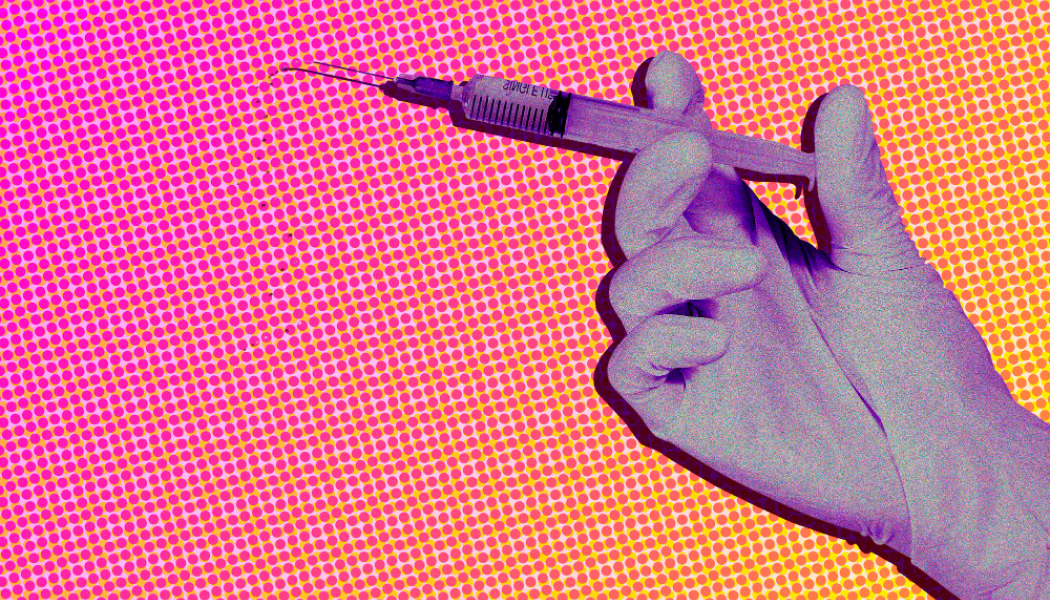by Kaustubh Ravan
7 minutes
Advancements in Drug Delivery Systems: Enhancing Therapeutic Efficiency and Patient Compliance
Explore innovations in drug delivery systems improving therapeutic efficiency and patient compliance.

Drug delivery systems are among the pillars of contemporary medicine. They are devices developed specifically for the delivery of pharmaceutical products to the desired locations within the body. They seek to maximize the therapeutic efficacy of the drug without the danger of side effects. They may come in different forms of different oral, injectable, transdermal, or inhalable systems using the carrier in the form of liposomes, nanoparticles, or hydrogels. The administration of drugs has been totally revolutionized with the continued discovery of innovative drug delivery systems, which have improved treatment efficiency and facilitated compliance.
Overview of Traditional Drug Delivery Systems
Traditional methods of drug delivery have laid the groundwork for today's advancements, however, these methods also possess significant limitations. Most treatments employed oral and injectable routes primarily. Even though they are beneficial, these routes have the tendency to hinder the effectiveness of drugs.
The rise in the incidence of chronic diseases and the introduction of advanced technologies are boosting the drug delivery systems market size. Drug delivery system is the process of precise administration of a pharmaceutical compound to achieve a therapeutic effect.
Oral Drug Delivery
Oral delivery is the go-to method for many medications. It is convenient and comfortable, so patients take pills or liquids at home. However, it has limitations such as bioavailability restrictions. Digestion and absorption can slow down the rate of medicine absorbed into the bloodstream. It can decrease efficacy and even cause patients to miss doses because of discomfort or inconvenience.
Injectable Drug Delivery

Injectable drugs have a direct path of entry into the body with rapid action, leading to a faster therapeutic effect. However, long-term usage of injectable drugs can be painful for patients and cause discomfort leading to dosing skips and medication noncompliance. Preparation for these drugs is also complicated because of stability and storage concerns that must be addressed.
Transdermal Patch Systems
Transdermal patches provide a novel method of medicating via delivery directly through the skin. Transdermal systems release medication at a steady rate with the elapse of time, a factor that assists in increasing compliance in patients. They do have limitations such as skin reaction and varying absorption depending on the sites of administration. Even with this limitation, they constitute a step towards more patient-oriented therapy. For instance, in January 2024, Starton Therapeutics Inc. announced that the company filed provisional patent applications with the U.S. Patent and Trademark Office (USPTO) for novel approaches to integrate numerous APIs into transdermal drug delivery systems.
Emerging Technologies in Drug Delivery
As science advances, new technologies are being developed that change the mode of thinking in drug delivery. These technologies have the potential to improve efficacy and simplify the treatment for the patient to comply with.
Nanotechnology in Drug Delivery

Nanotechnology has revolutionized drug delivery with the introduction of tiny carriers to deliver drugs. The nanocarriers have a targeting capacity for specific cells or tissues in order to restrict side effects and enhance efficacy. Through optimization of targeted delivery, they minimize harm to normal cells while widening the impact at the diseased site targeted by the treatment, leading to better therapeutics. The development of a lipid nanoparticle platform to deliver messenger RNA (mRNA) into the brain through intravenous injection, overcoming a longstanding limitation due to the protective properties of the blood-brain barrier, was reported in February 2025 by scientists at the Icahn School of Medicine at Mount Sinai.
Microneedle Technology
Microneedles provide an exciting painless method of drug delivery. The needles are so fine that they go through the outer layer of the skin, which the patients can do themselves. Patients experience ease and less discomfort, hence improved compliance. This technology is of special interest for vaccines and other injectable drugs.
Smart Drug Delivery Systems
Smart drug delivery systems adopt a technology-driven strategy by integrating sensors and mechanisms of release control. They track patient requirements in real-time and are able to modify dosages. Through customized treatment, they maximize therapeutic effect and enable more individualized care.
Enhancing Patient Compliance Through Innovative Delivery Methods
Compliance of patients is the secret to the success of any treatment regimen. Novel drug delivery systems have been engineered with the aim of maximizing compliance.
Wearable Drug Delivery Devices
Wearable devices are increasingly employing a highly interactive mode of drug delivery. They can monitor health indicators and administer drugs automatically when the need arises. It not only simplifies the life of the patient but also encourages them to use the gadget daily, thus promoting good health.
Patient-Centric Formulations
The future of drug delivery is patient-centric formulations. In relation to patients' preferences and lifestyles, drug manufacturers are producing medicines that coexist handsomely with daily routines. These preparations provide a guarantee that the possibility of patients following recommended regimens in its optimal form.
Future Directions in Drug Delivery Systems
The future of drug delivery systems is bright with potential. As technology advances, the coming years hold the potential to usher in revolutionary developments in treatment methods.
Gene Therapy and Delivery Systems
Gene therapy is a revolutionary development in medicine. It needs highly advanced delivery systems to deliver genetic material to the target cells. Targeted and efficient delivery is needed to ensure effective treatments and prevent unwanted side effects. With an expanding field of gene therapy, the need for innovative delivery systems is more urgent.
Personalized Medicine and Custom Delivery Solutions
Personalized medicine is getting increasingly popular with the focus on treating the individual patient as an individual. Personalized delivery systems are going to be the norm in the process. Individual profiles of each patient will identify the best delivery system that will lead to better outcomes and increased satisfaction.
Drug Delivery Systems Industry
The global drug delivery systems industry is witnessing significant growth. Valued at USD 40.1 billion in 2022, it's expected to grow at a compound annual growth rate (CAGR) of 6.8% from 2023 to 2031. By 2031, it is projected to reach USD 71.6 billion. This growth reflects the increasing demand for effective treatments and improved patient compliance.

New developments in drug delivery technology are revolutionizing therapeutic development and delivery. Moving beyond the constraints of conventional methods, new technologies are maximizing therapeutic response and minimising therapy to practice for patients to adopt. In the future, these innovations have the promise to maximize health care on many fronts, ultimately to the benefit of providers and patients alike.




